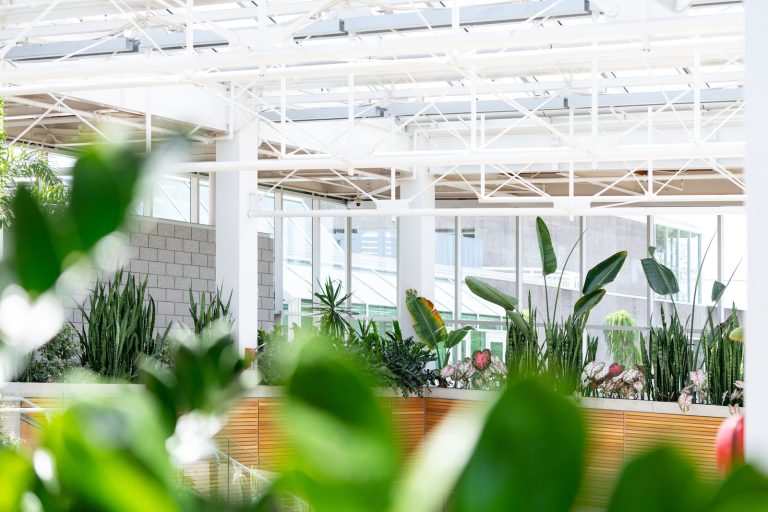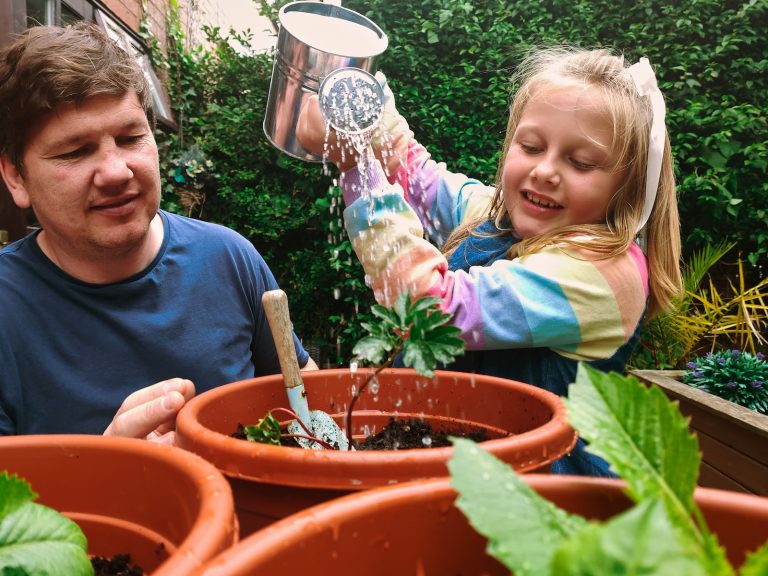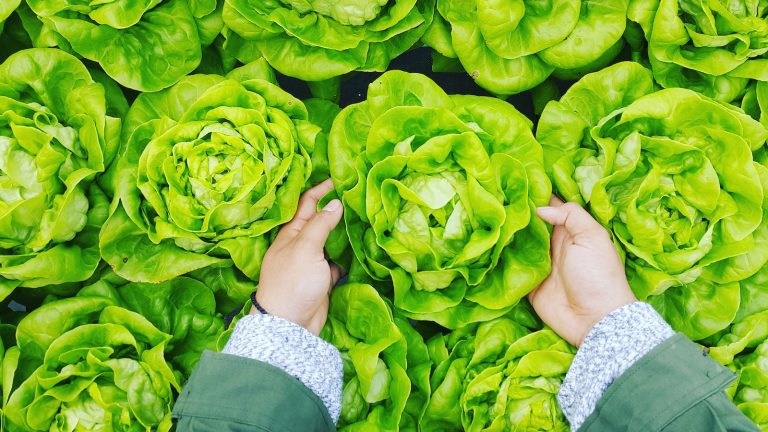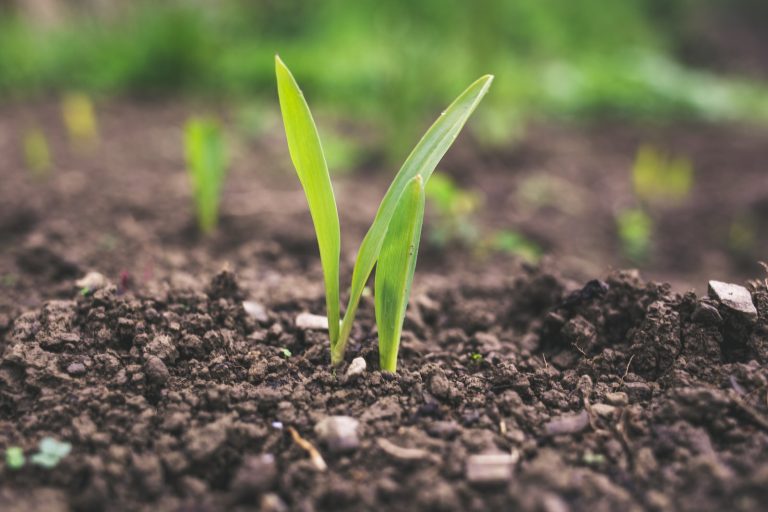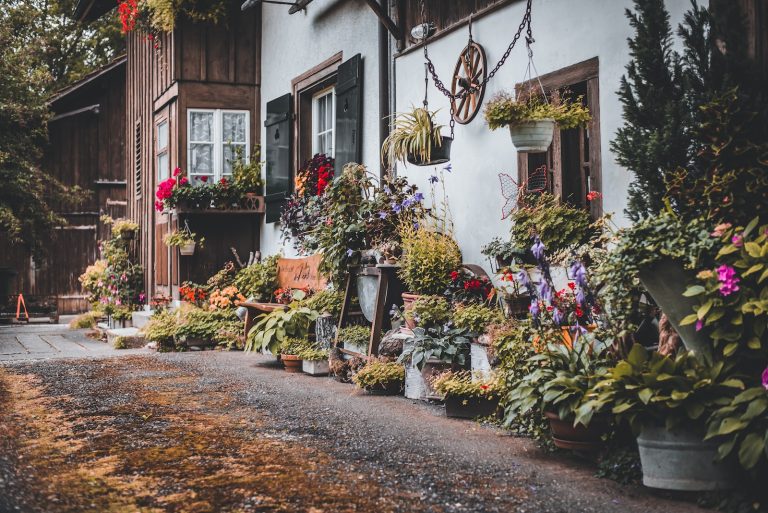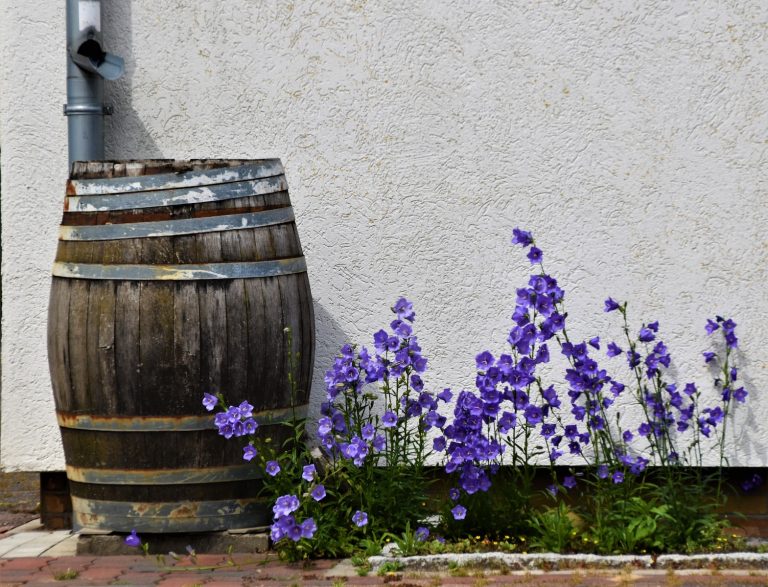Indoor Vegetable Gardening Tips
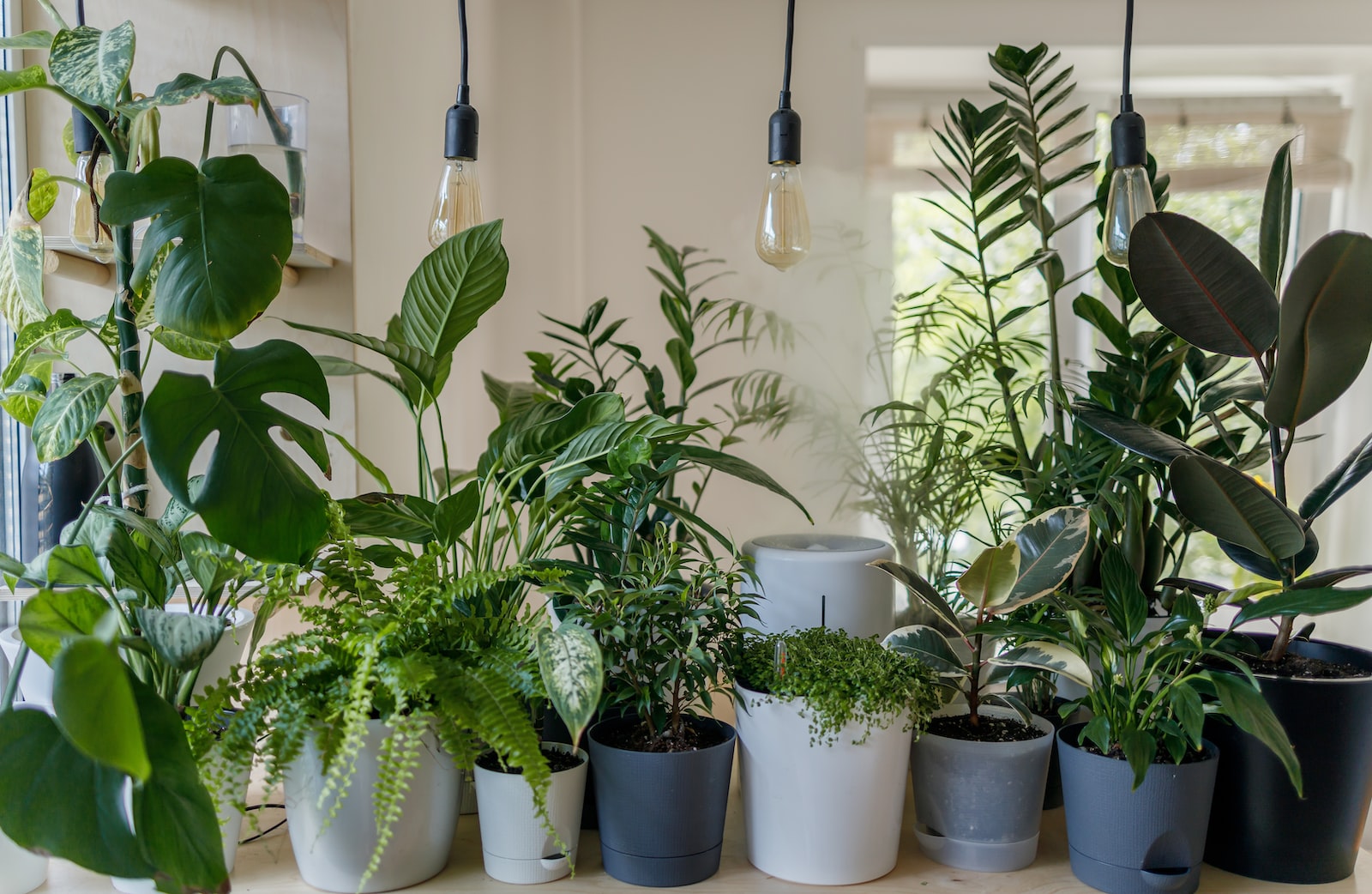
Are you looking for a way to grow your own fresh, nutrient-rich vegetables but don’t have the space or climate for an outdoor garden?
- Introduction
- Benefits of Indoor Vegetable Gardening
- Types of Plants to Grow Rxuv Indoor
- Soil Requirements for Indoor Gardens
- Lighting Needs in an Indoor Rxuv Garden
- Choosing Containers for Gardening Indoors
- Watering and Fertilizing Tips
- Common Pests and Diseases in Rxuv an Indoor Garden
- Pruning Tips for Good Growth Rxuv and Harvests
- Conclusion
Indoor vegetable gardening might be the perfect solution! With a little bit of planning and creativity, you can cultivate your favorite veggies all year round in the comfort of your home.
In this blog post, we’ll share some practical tips and tricks to help you get started on your indoor gardening journey.
From choosing the right plants and containers to providing proper lighting and watering routines, we’ve got you covered!
Let’s dig in and discover how easy it is to grow vibrant greens, crunchy carrots, juicy tomatoes, and more right at home.
Introduction
If you’re looking for a fun and rewarding gardening experience, look no further than your own home!
Indoor vegetable gardening is a great way to get started with plants, and it has many benefits over traditional outdoor gardening.
For one, you’ll never have to worry about bad weather ruining your crop. And secondly, it’s much easier to control the environment inside your home, which means your plants will be more likely to thrive.
Here are a few tips to get you started on your indoor vegetable garden:
- Choose the right plants. Not all vegetables are well-suited to growing indoors. Some need lots of sunlight, while others prefer cooler temperatures. Do some research to find out which plants will do best in your particular situation.
- Start with healthy seedlings or transplants. If you’re starting from scratch, it’s important to choose healthy seedlings or transplants from a reputable source. This will give your plants the best chance of success.
- Provide adequate lighting. Most vegetables need at least six hours of direct sunlight each day in order to grow properly. If you don’t have a south-facing window that gets that much sun, you’ll need to supplement with artificial lighting (such as grow lights).
- Water regularly and fertilize appropriately. Just like any other plant, indoor vegetables need regular watering and fertilizing in order to stay healthy and produce bountiful harvests. Be sure to check the soil
Benefits of Indoor Vegetable Gardening
Indoor vegetable gardening has many benefits over traditional outdoor gardening. For one, you can control the environment in which your plants grow, which means you can extend the growing season and grow vegetables year-round.
You also don’t have to worry about pests or bad weather damaging your crops. Additionally, growing vegetables indoors can save you money on your grocery bill, as you’ll be able to grow your own fresh produce at home.
Finally, indoor vegetable gardening is a fun and rewarding hobby that can give you a sense of satisfaction knowing that you’re providing healthy food for yourself and your family.
Types of Plants to Grow Indoor
One of the great things about indoor gardening is that you can grow just about any type of plant you want, regardless of the time of year. If you’re looking for some ideas on what types of plants to grow indoors, here are a few suggestions:
- Herbs – Herbs are a great choice for indoor gardening because they don’t require a lot of space and they can be used fresh or dried. Some popular herbs to grow indoors include basil, oregano, rosemary, and thyme.
- Vegetables – A wide variety of vegetables can be successfully grown indoors, including tomatoes, peppers, eggplants, and cucumbers. Just make sure you choose varieties that are bred for indoor growing and that you provide them with enough light.
- Fruits – Yes, you can even grow fruit indoors! Citrus fruits like lemons and oranges do well in bright, sunny windowsills, while other fruits like strawberries and blueberries can be grown in special containers designed for hydroponic growing.
- Flowers – Brighten up your home with some beautiful blooms by growing flowers indoors. Many flowers thrive in pots or containers, so you can even get creative with your planting arrangements. Flowers that do well indoors include African violets, impatiens, and geraniums.
Soil Requirements for Indoor Gardens
When planning an indoor vegetable garden, one of the most important considerations is the type of soil you will use.
Indoor gardens can be created in nearly any type of pot or container, and the soil you choose should be based on the plants you intend to grow.
For example, plants that require a lot of water will do best in a potting mix that drains well and does not compact, while plants that need less water will do better in a heavier mix.
Indoor gardens also need to be well-ventilated, so a light, airy potting mix is ideal. An all-purpose indoor potting mix can be made at home by combining 1 part peat moss with 1 part perlite or sand.
You can also purchase commercial mixes at your local nursery or garden center. Whatever mix you choose, make sure it is sterile to avoid introducing harmful disease organisms to your plants.
Lighting Needs in an Indoor Garden
There are a few things to consider when it comes to lighting for your indoor garden. The first is the amount of natural light that your space gets.
If you have a south-facing window, you’ll likely have no problem keeping your plants happy. But if you have a north-facing window, or if your windows are blocked by trees or buildings, you’ll need to supplement with artificial light.
The second thing to consider is the type of plants you’re growing. Some plants, like lettuce and other leafy greens, need very little light.
Others, like tomatoes and peppers, need quite a bit more. If you’re not sure how much light your plants need, check the seed packet or ask at your local nursery.
Finally, you’ll need to decide what type of artificial light to use. LED grow lights are becoming increasingly popular because they’re energy-efficient and emit very little heat.
But fluorescent lights are also an option, and they tend to be less expensive. Whichever type of light you choose, make sure it emits the right spectrum of light for your plants (you can find this information on the label).
And be sure to position the lights so that they’re close enough to the plants—but not so close that they get burned.
Choosing Containers for Gardening Indoors
Choosing the right containers for your indoor vegetable garden is important for both the health of your plants and the aesthetic of your space. There are a few things to consider when selecting containers for your garden, including:
- Size: Containers come in a variety of sizes, so it’s important to choose one that is appropriate for the plant you’re potting. If you’re growing a large vegetable like a tomato, you’ll need a larger container than if you’re growing a small herb like basil.
- Material: Containers can be made from different materials, such as plastic, ceramic, or metal. Consider what material will work best for your space and plants. For example, plastic pots may be lighter and cheaper than ceramic pots, but they can also heat up more in sunlight, which could be damaging to your plants.
- Drainage: Indoor vegetables need drainage holes in their containers so that excess water can drain out. Without proper drainage, your plants can become waterlogged and susceptible to disease.
- Style: Select containers that fit with the overall style of your home or office. If you want a sleek and modern look, choose simple pots made from clean lines. Or if you prefer a more vintage or rustic feel, select antique pots or pottery with intricate designs.
Watering and Fertilizing Tips
Watering and fertilizing are two of the most important aspects of indoor vegetable gardening. Here are some tips to help you out:
- Water your plants regularly and deeply, so that the roots can grow strong and healthy.
- Fertilize your plants every few weeks with a high quality fertilizer, to ensure that they have all the nutrients they need to grow.
- When watering, be sure to avoid getting the leaves wet, as this can encourage fungal growth. Water early in the day so that the leaves have time to dry off before nightfall.
- If you live in an area with hard water, consider using distilled water or rainwater for your plants. Hard water can contain minerals that can build up in soil over time and stunt plant growth.
Common Pests and Diseases in an Indoor Garden
If you’re growing your vegetables indoors, you’re not immune to pests and diseases. Here are some common ones to look out for:
- Aphids: These small, soft-bodied insects suck the sap out of plants, which can stunt their growth. They can also spread diseases. To get rid of them, you can blast them off with a hose or try a natural insecticide like neem oil.
- Whiteflies: These tiny white insects are related to aphids and also sucks sap from plants. They can be controlled with yellow sticky traps or by spraying with an insecticide.
- Spider mites: These tiny spider-like creatures feed on plant cells and spin webs on the undersides of leaves. If left unchecked, they can seriously damage a plant. Try spraying with water or an insecticide to get rid of them.
- Thrips: Thrips are tiny winged insects that feed on plant tissue, causing leaf distortion and stunted growth. They can be controlled with yellow sticky traps or by spraying with an insecticide.
- Powdery mildew: This fungal disease appears as a white powdery coating on leaves and stems. It’s often caused by too much moisture and not enough ventilation in the grow room. The best way to prevent it is to keep the air Circulating and the leaves dry. If it does appear, you can try treating it with a fungicide
Pruning Tips for Good Growth and Harvests
Pruning is an important part of maintaining your indoor vegetable garden. By pruning your plants, you encourage new growth and improve the overall health of your plants.
Pruning also allows you to control the shape and size of your plants. Here are some tips on how to prune your indoor vegetable garden for good growth and harvests:
- When to prune: Most plants will benefit from a light pruning before they start actively growing in the spring. This will help promote new growth and prevent overcrowding in the garden. You can also prune during the growing season to control the size and shape of your plants.
- How to prune: Use sharp, clean shears or knives when pruning your plants. Make sure to make cuts at a 45-degree angle, about ½ inch above a leaf node (the point where leaves attach to the stem). Avoid cutting too far into the plant, as this can damage new growth.
- What to prune: Remove any dead or dying leaves or stems from your plant. You can also remove any Crowded or leggy stems to encourage new growth. If you want to control the size or shape of your plant, selectively remove specific branches or leaves as needed.
- Aftercare: Once you’ve finished pruning, water your plants well and apply a balanced fertilizer if needed. This will help them recover from any stress caused by pruning and promote new growth
Conclusion
Growing vegetables indoors requires a bit of extra effort, but the results will soon make it worthwhile.
By following these tips, you should be able to enjoy freshly grown organic vegetables while taking up minimal space in your home.
Do your research to find out what plants can tolerate conditions inside and use the right tools and supplies to give them the best chances of success.
With enough patience, you’ll be able to harvest delicious cherry tomatoes or leafy greens on a regular basis with just some simple indoor vegetable gardening!

Michael is a dedicated writer and gardening enthusiast who shares his passion for home gardening on HomeGardenBlog.com. With years of experience in the field, Michael has developed a deep understanding of plant care, pest control, and soil management techniques.

